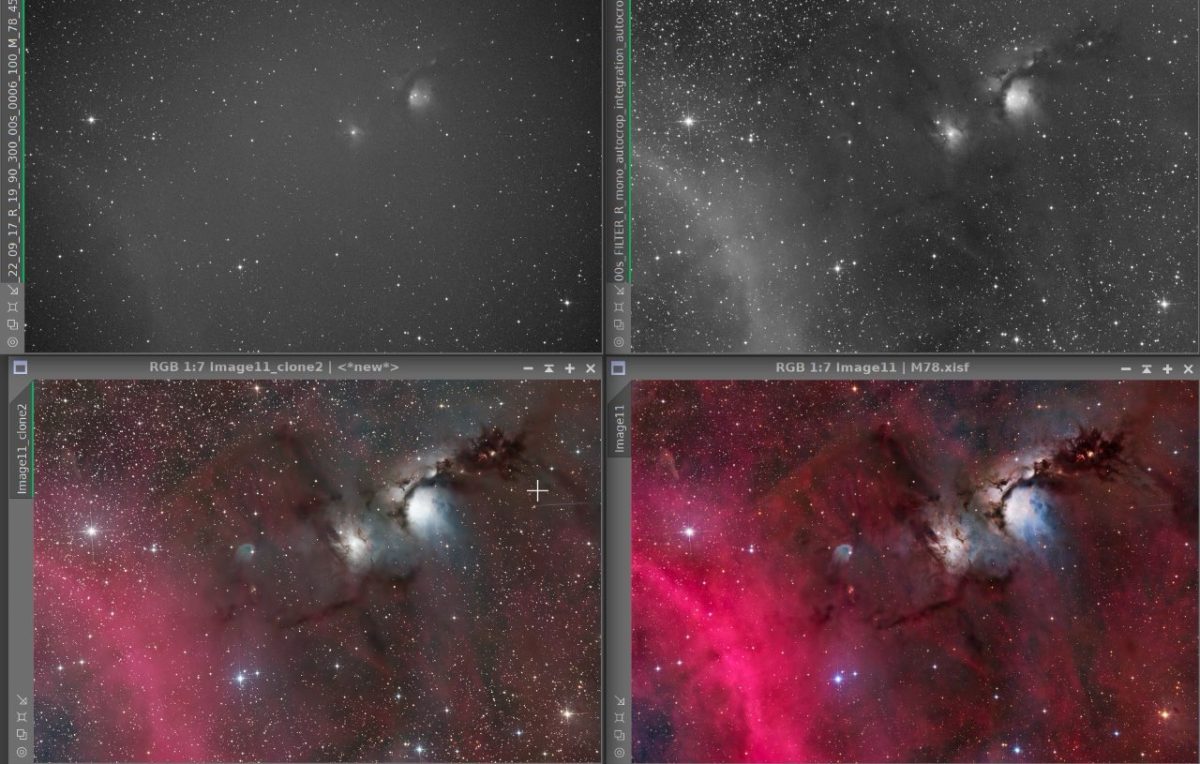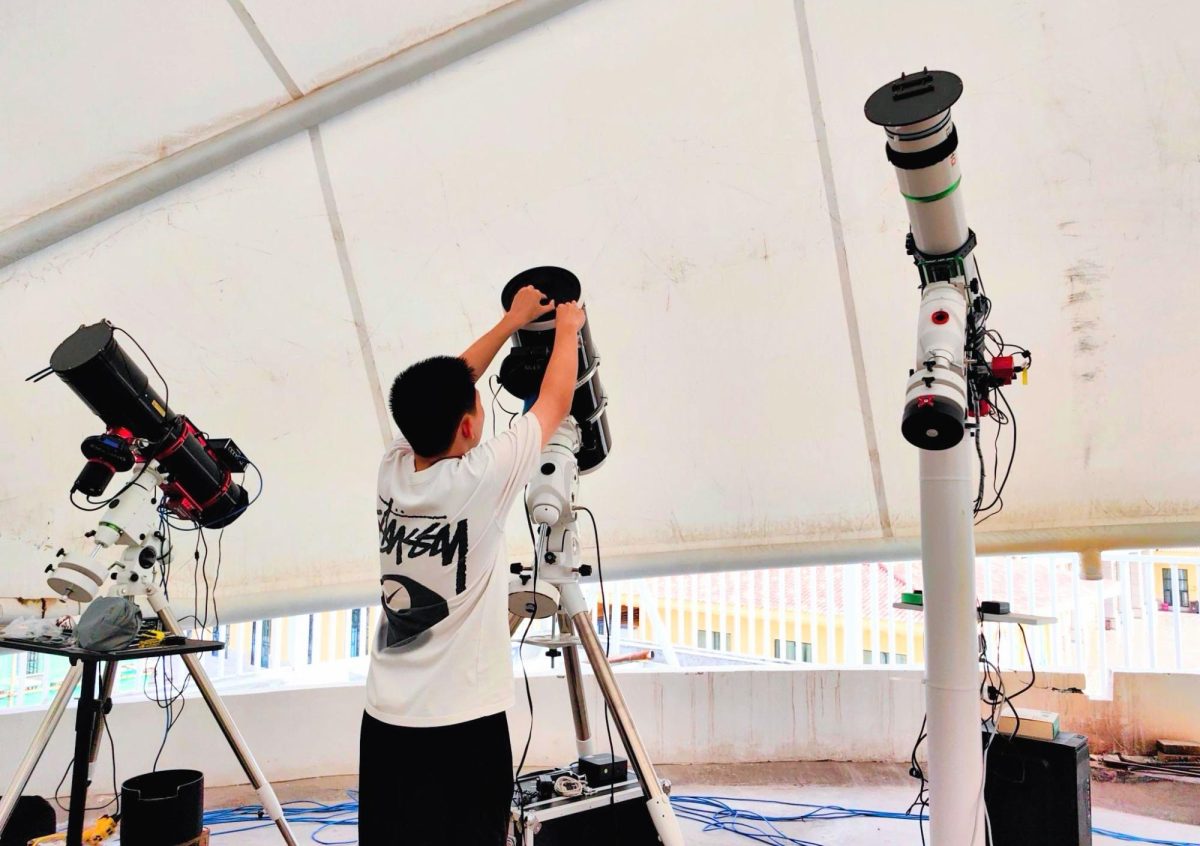Unraveling the universe with astrophotography
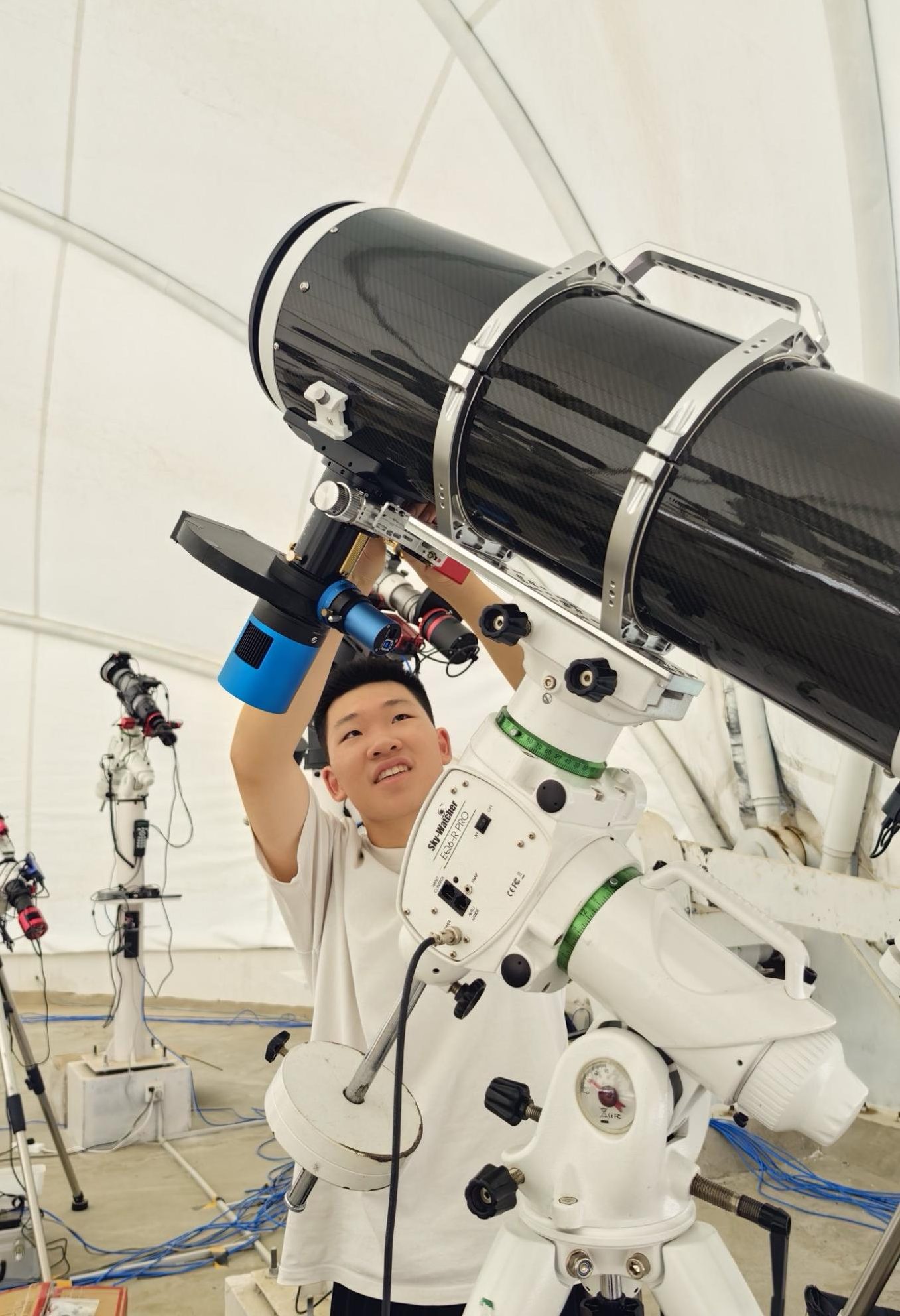
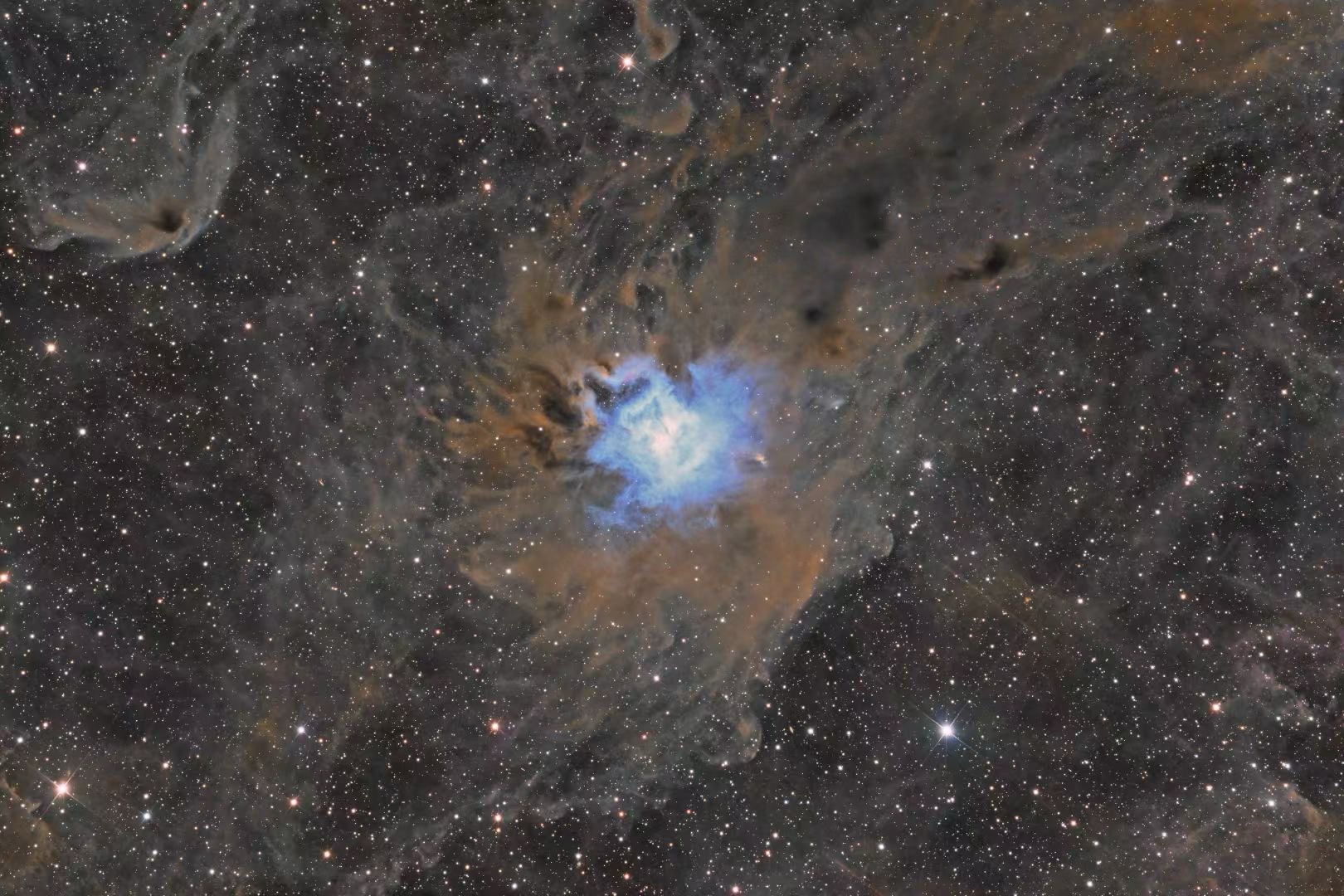
When you look up at the night sky, what do you see? On good days, stars dot the dark canvas, and on bad days, there’s nothing at all. Behind the typical constellations lie realms of galaxies, nebulas and colorful assortments of gas and dust, all invisible to the naked eye. For high school student Shanji Shen, capturing these celestial exhibitions constitutes a form of art: astrophotography.
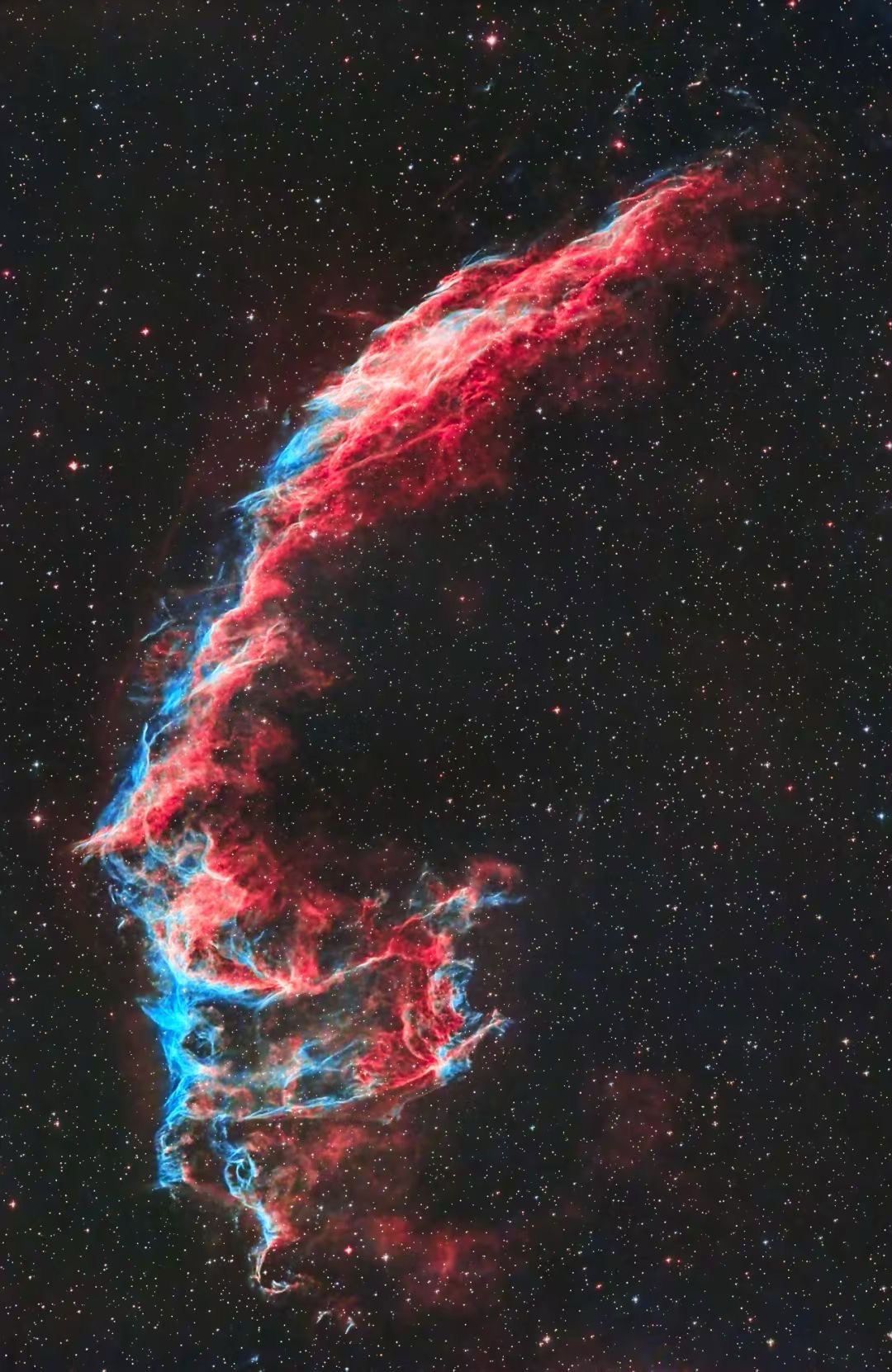
Living in Shenzhen, China, astrophotography allows Shanji to step outside his bedroom and peek into the wonders of the universe. To him, snapping images of distant space phenomena is much like searching for hidden treasures in the sky; he utilizes specialized telescopes and cameras to track objects and render images.
“Deep space photographers take photos of things we usually can’t see,” Shanji said. “We live in big cities where light pollution is serious, and we can’t even see many stars. But with astrophotography, you can capture such beautiful pictures.”
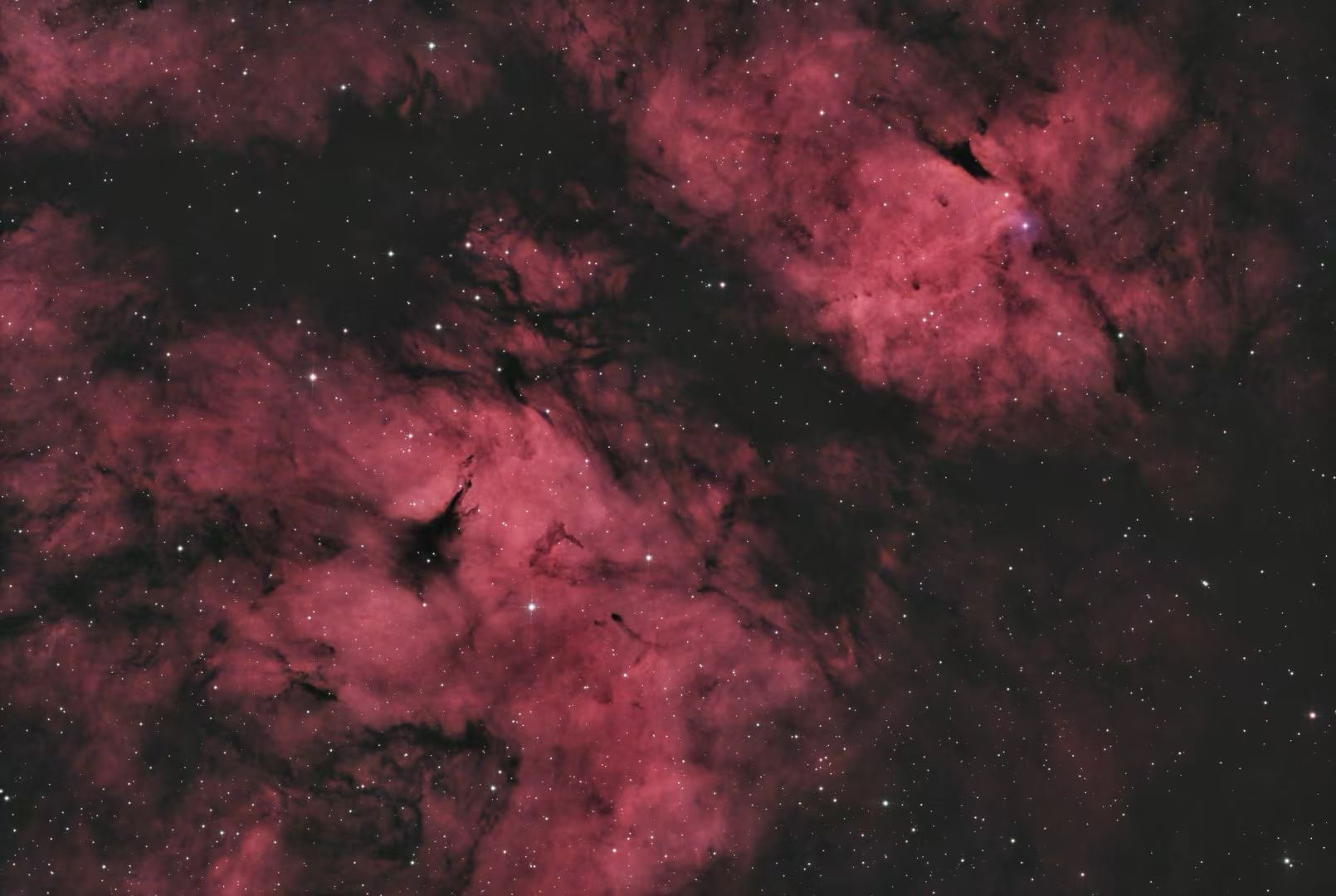
Shanji’s journey in astrophotography began in a bookstore in 2018. Intrigued by the front cover of a book titled “Night Sky,” which featured a photo of a nebula cloud embedded within a sea of stars, he flipped through and read about astrophotography techniques. Eager to capture such images himself, he bought his first entry-level astronomy telescope, the Celestron 80EQ, on his 10th birthday.
“Back then, I would run up to the rooftop every day in elementary school to play with [my telescope],” Shanji said. “Once during a lunar eclipse in 2019, I used the telescope to take photos and set up my phone to the back of the telescope to shoot pictures of Jupiter.”
With his rudimentary contraption, Shanji managed to take photos of several planets, like Saturn, Mars, Jupiter and Venus. But compared to the mesmerizing gallery of photos in “Night Sky,” Shanji’s pictures came out grainy, blurry and dim.
Astrophotography, reliant on long exposure, requires precise tracking of celestial bodies as they shift positions relative to the lens. Shanji could not achieve a high enough level of stability to take clear shots as he used a phone camera at the time.
“My setup at home was really simple, so the tracking was shaking a lot. The footage didn’t turn out great, and it was way worse than I expected,” Shanji said.
To improve the quality of his photographs, he replaced his old Celestron with a more advanced Skywatcher EQ6-R telescope and purchased a mirrorless camera and 3D equatorial mount for accurate tracking. Even with the improvement, his rendered images still lacked detail due to light pollution and lens limitations. Sifting through articles online, Shanji soon found that he could remove the infrared filter for better astronomy imaging, revealing faint deep-sky objects.
“After [that upgrade], I traveled to a place with even less light pollution — in Heyuan, Guangdong, far away from people,” Shanji said. “That’s when I finally captured my first deep space shot I was satisfied with, right on the 28th day of the Chinese New Year.”
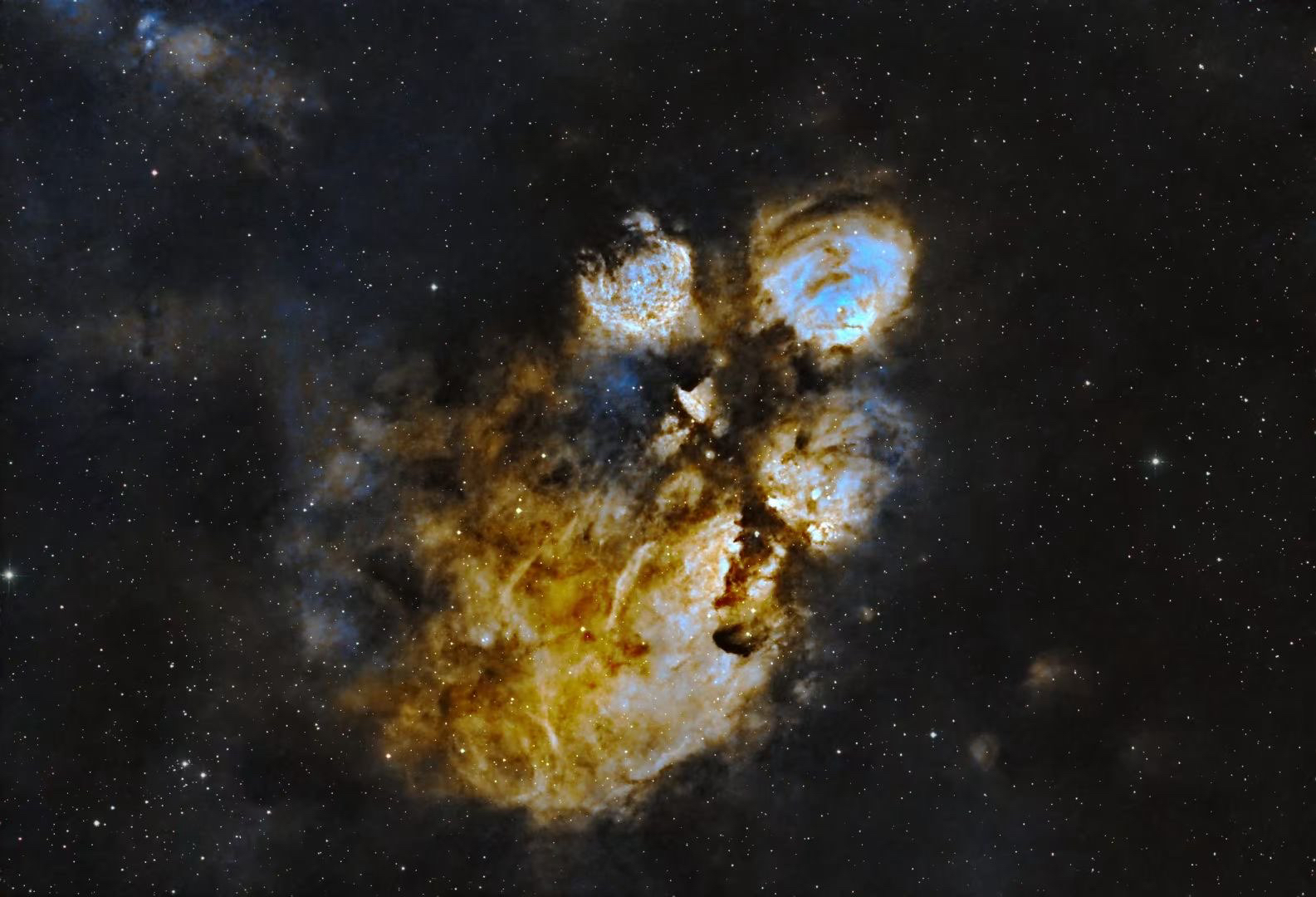
Astrophotography doesn’t just involve fancy equipment. Professionals need to know how to tinker with the equipment and enhance photos with software. Beyond online research and trial and error, Shanji learned the way of the astrophotographer by consulting more experienced members of the community and joining in on cosmic hunts.
I met a lot of experts while doing some shooting, and they introduced me to the field,” Shanji said. “They taught me a lot of techniques, and I also watched videos online. I learned a lot from them. It was like I had found a group, so I followed them to keep learning.”
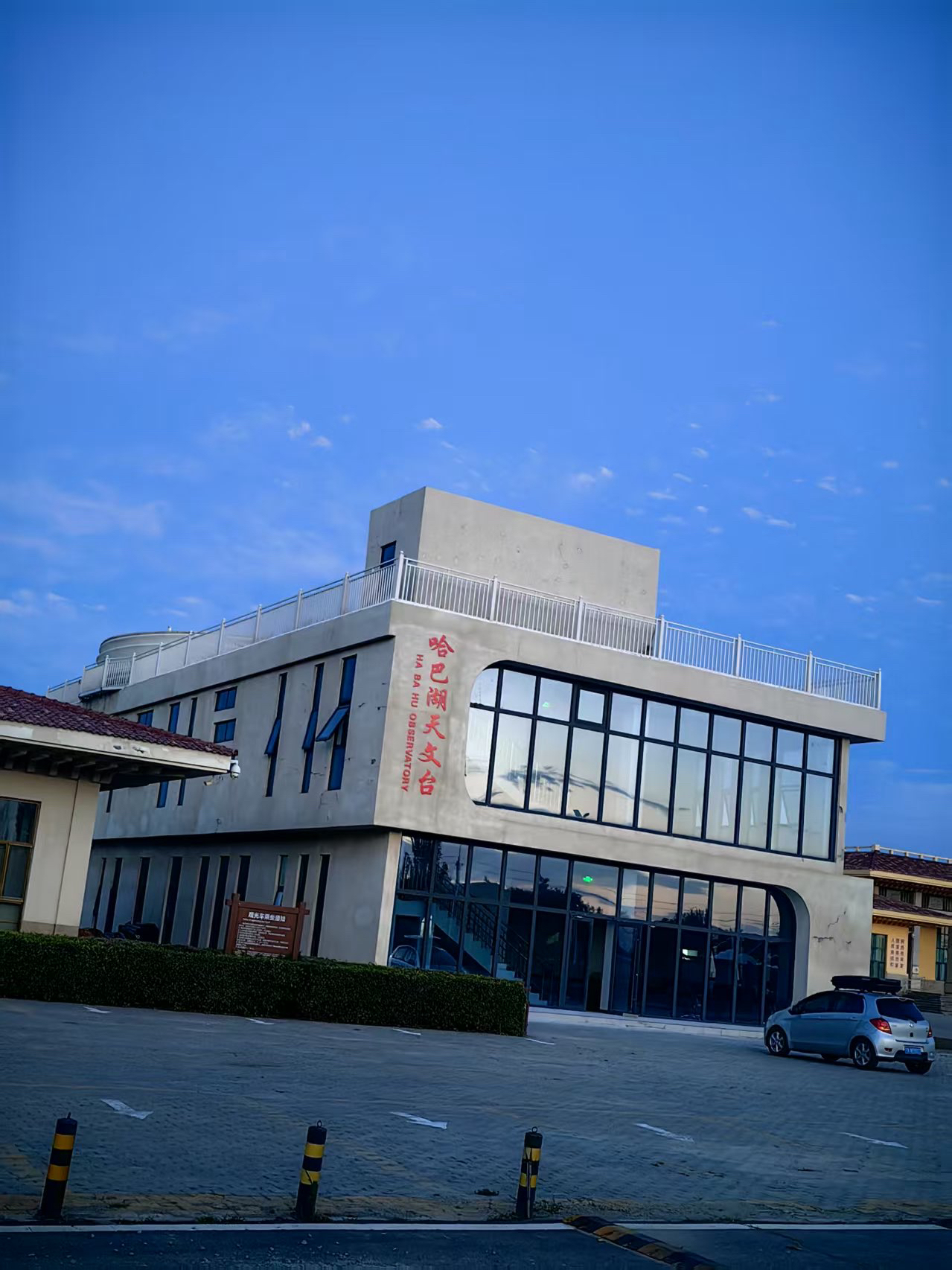
With more skills under his belt, Shanji relocated his camera and telescope to the Haba Lake Observatory with clearer skies. With a special “GoTo” mount, he was able to control the telescope remotely on a computer from the comfort of his own home, even as it sits more than 2000 km away.
Shanji first finds a target to photograph on Stellarium, an astronomy software that allows users to view a 3D render of the night sky. Once he sets the telescope to shoot a specific celestial object, the equatorial mount keeps the telescope aligned with the North Pole to compensate for the Earth’s rotation, while the GoTo mount rotates the contraption to track the object as it moves across the sky. Afterwards, he compiles hundreds of photos and overlays them to generate the final image.
“In high school, most of my time goes to studying. As for astronomy photography, it does take time, but during the winter and summer breaks, I can focus on learning it,” Shanji said. “Before I had this observatory, I couldn’t shoot every month—maybe only once or twice during the breaks. The shooting time isn’t actually very long: processing the photos takes more time. I usually do that on weekends after class.”
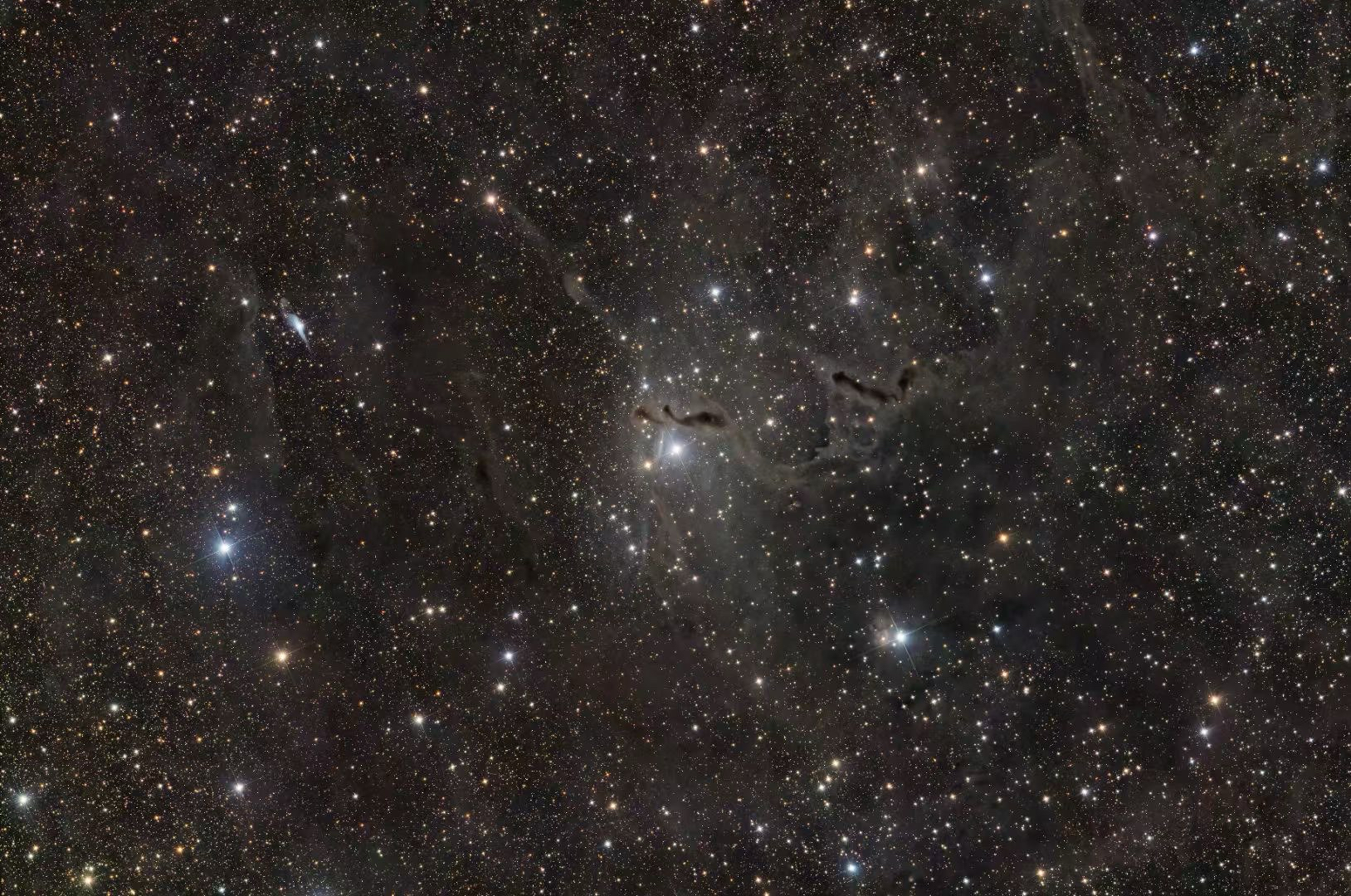
Nowadays, Shanji posts his photos to online forums and designated astrophotography platforms, which have rating systems similar to Reddit badges. Good photos earn the “Featured” level and exceptional ones reach “Photo of the Day,” which is displayed on the front page. So far, he’s earned featured-level awards on multiple photos. He ultimately aspires to win an award at the Global Astronomy Photography Competition, often considered the highest honor among astrophotographers, hosted by the Royal Museums Greenwich in the United Kingdom.
“Selected photos are from true experts—they are globally recognized and incredibly high-quality work,” Shanji said. “Even though I’ve only been doing this for a few years, every shot gives me more insights. One day I hope to reach a level where I can start winning awards, but until then, I’ll keep shooting for the stars.”



